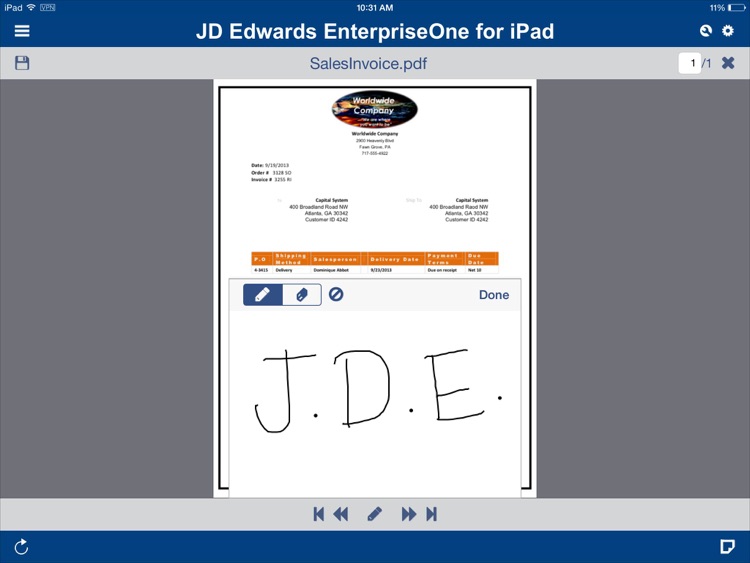


This phaseout more than doubles the phaseout range under previous law. The higher child tax credit will be available for qualifying children under age 17, as under previous law.Īlso, the child tax credit begins to phase out for taxpayers with modified adjusted gross income (MAGI) of over $200,000 or $400,000 (MFJ). That means taxpayers who don’t owe tax can still claim a credit of up to $1,400. The refundable portion of the credit increases from $1,000 to $1,400 and the earned income threshold for claiming the refundable credit is lowered from $3,000 to $2,500. Starting in 2018, the TCJA increases the maximum child tax credit from $1,000 to $2,000 per qualifying child. Under the TCJA, personal and dependent exemptions are eliminated from 2018 through 2025. Each exemption reduced taxable income by $4,050 in 2017. In 2017, taxpayers claimed a personal exemption for themselves, their spouse (if married filing jointly) and each qualifying child or qualifying relative. Tax Reform Makes Changes to Exemptions and Credits Personal and Dependent Exemptions Are Eliminated Tip: Tax brackets, rates and credits play a big part in how much tax a taxpayer will pay, but the amount of taxable income plays perhaps an even bigger role. This is most likely to impact an upper-middle class individual with a marginal tax rate of 35%, up from 33%.

While most taxpayers will pay less, some taxpayers will pay a slightly higher tax rate under the TCJA. Going forward, the brackets will be adjusted based on a different inflation measure – the Chained Consumer Price Index for All Urban Consumers (C-CPI-U) – that is expected to grow more slowly than the previous inflation measure. Under the 2018 tax brackets and rates, a single taxpayer with $40,000 of taxable income would be in the 22% tax bracket and would have a tax liability of $4,740. Under the 2017 tax brackets and rates, a single taxpayer with $40,000 of taxable income would be in the 25% tax bracket and would have a tax liability of $5,739. In comparison to previous tax brackets and tax rates, the new rates due to the Tax Cuts and Jobs Act are slightly lower and the brackets are generally slightly broader. However, the tax rates remain progressive, meaning tax rates rise as income increases. Individual tax filers will pay tax using a new tax bracket and tax rate structure. Tax Brackets and Tax Rates Change for Most Taxpayers With the TCJA However, there are a few provisions from the new tax law that have a 2019 effective date and some are retroactive. Most changes from the Tax Cuts and Jobs Act took effect on Januand are slated to sunset after December 31, 2025. While this article looks at tax changes for individuals, you can also find information about the new qualified business income deduction for pass through entities as part of our coverage. The Tax Cuts and Jobs Act (TCJA) was passed into law at the end of 2017 and made changes that affect all kinds of taxes – individual, corporate, partnership and other “passthrough” business entities, estate, and even tax-exempt organizations. Virtually All Taxpayers Are Affected by Changes in the Tax Reform Bill Review the article below and find more information in our Tax Reform Center to identify how these tax reform changes will affect you in 2018 and beyond. Changes to child-related tax benefits impact families.Those who itemize will have fewer expenses to deduct and a higher standard deduction threshold to cross.Virtually all taxpayers are impacted by the changes in the tax reform legislation.The following article is the analysis by our experts at H&R Block. With the passage of the tax reform bill, called the Tax Cuts and Jobs Act, you’re probably wondering how your taxes will be affected. Editor’s Note: This article was originally published on December 20, 2017.


 0 kommentar(er)
0 kommentar(er)
